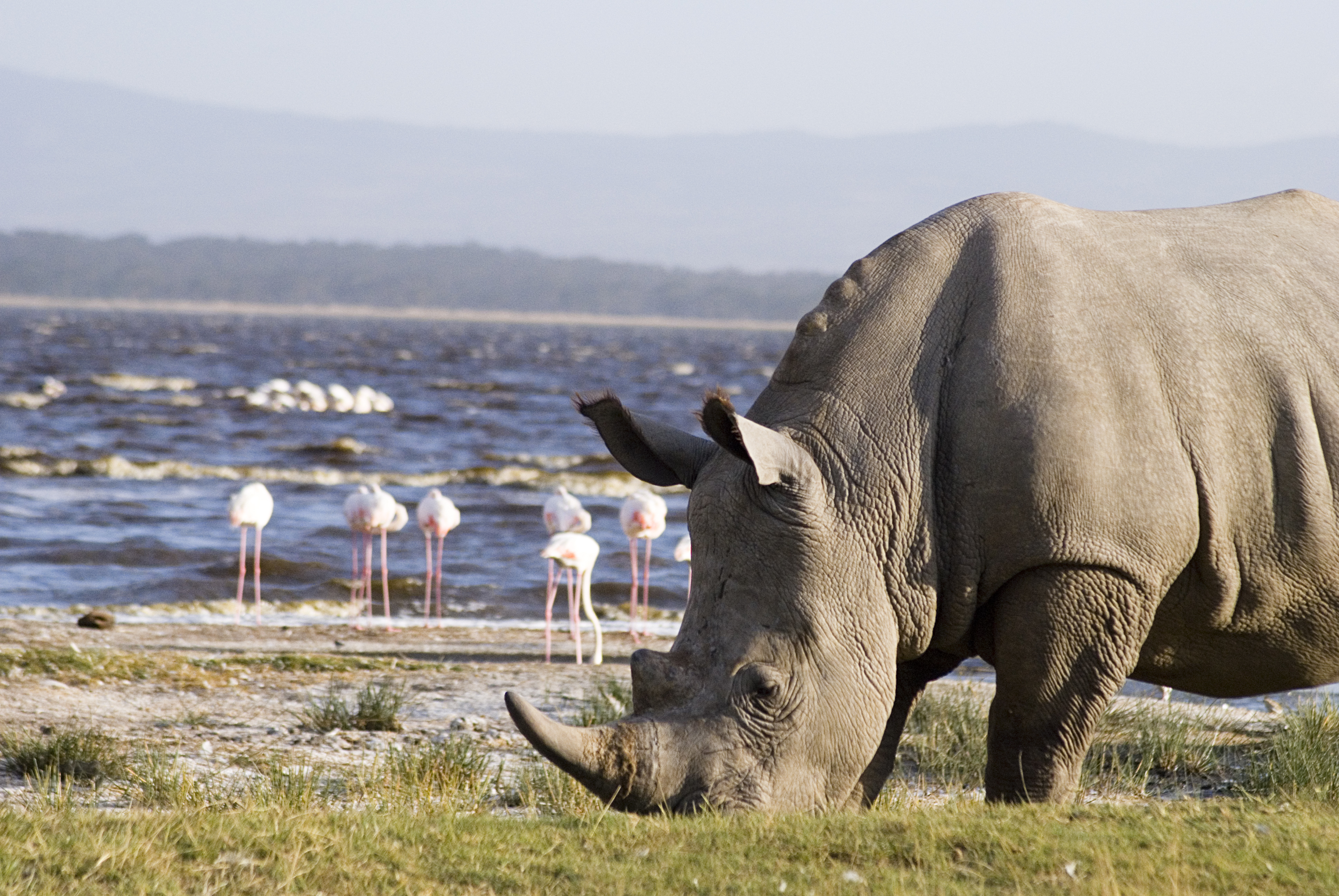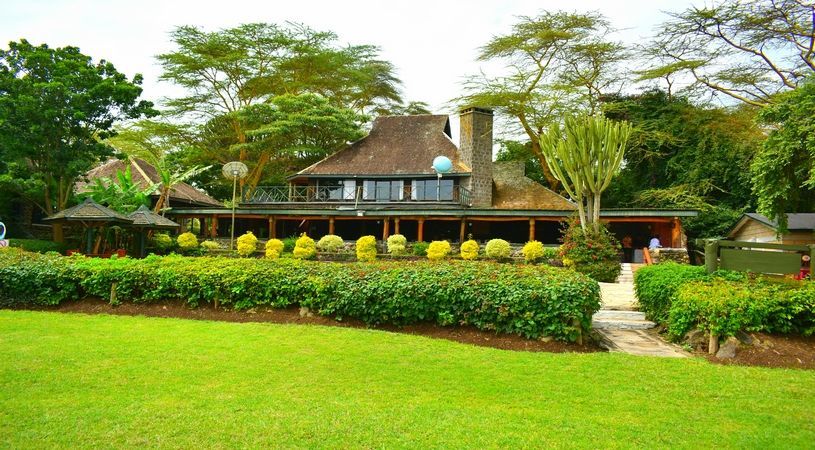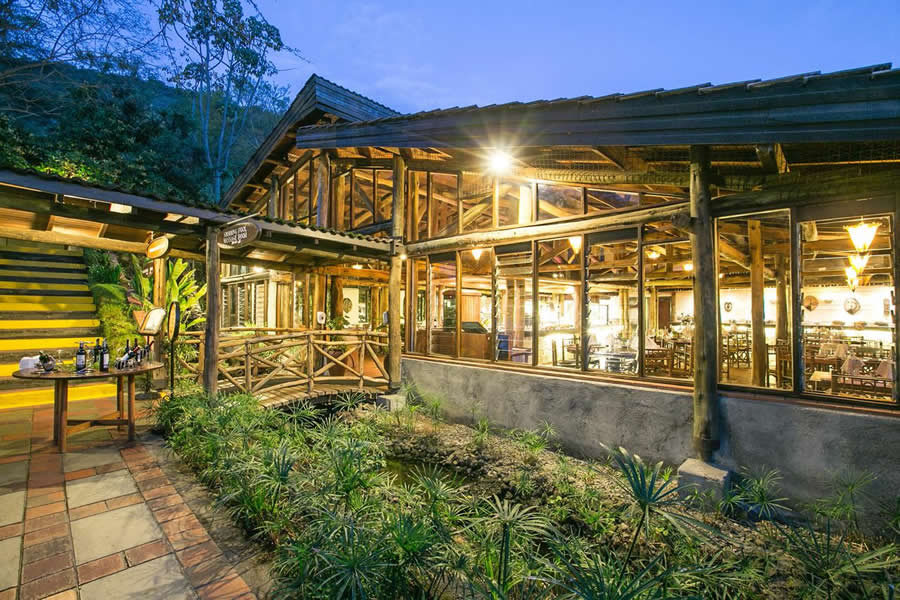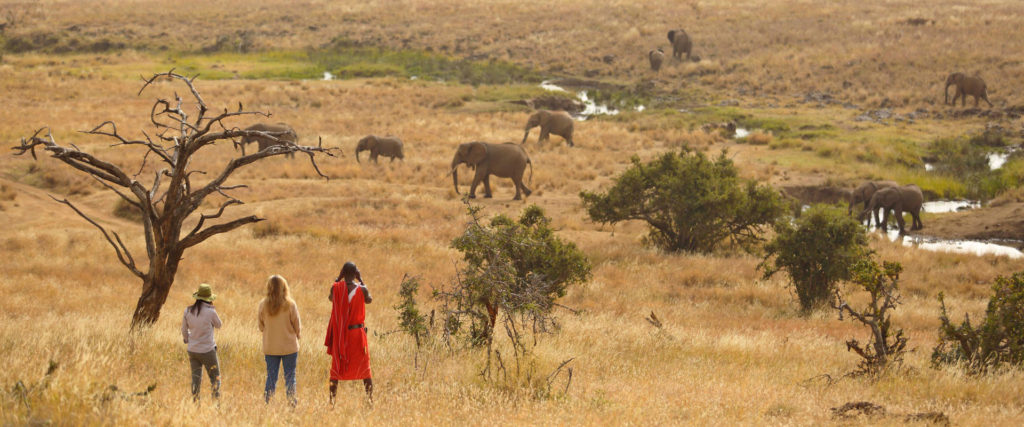Lake Nakuru National Park located approximately 170km Northwest of Nairobi city, the 188sqKm premium Safari park is a favorite for travelers seeking to have a sighting of the rare Rhinos in the Wild.
Lake Nakuru National Park is home to the few remaining Rhinos in Kenya. Two Rhino species thrive in this Park; the square-lipped or white rhino prefers to graze in the short grass of the plains, and its more nervous browsing cousin, the black rhino, tends to keep to the cover of the thicker bushes.
Although we like to visit Lake Nakuru park for the Rhinos in the wild, the park also offers great sightings of larger predators like the lions and leopards, For travelers keen on Birds, Lake Nakuru National Park is home to over 500 bird species including the resident flamingos that often turned up in large flocks not until 2014 when the lake flooded causing most of them to migrate. While there are still a few hundreds of them still seen, the most that you might see is lots of Acaccia trees drowned in the water.

- Flamingo (Greater and Lesser) and other water birds including a variety of terrestrial birds numbering about 450 species in total.
- Mammals: 56 different species including white rhinos, waterbuck, etc.
- View-points: Lion hill, Baboon cliff, and Out of Africa
- Hills: Enasoit, Honeymoon, Lion hill ridge, etc
- Waterfalls: Makalia.
- Unique vegetation: About 550 different plant species including the unique and biggest euphorbia forest in Africa, Picturesque landscape and yellow acacia woodlands.
- Cycle with rhino event every September yearly
The best time to go on a Safari into the Lake Nakuru National Park is during the drier season months of January, February, March, June, July, August, September, and October – the vegetation/grasses or shrubs are fairly shorter thus making it easier to spot game/wildlife.
This is also the best time to consider going on a Camping Safari in Nakuru National Park since the camp grounds are drier (less muddy).
Although travel in the wet season months of April, May, November and December is less popular, it might be a rewarding time to travel for people who don’t like crowds. Photographers particularly might like the color variations across the park’s vegetation.
Citizens Residents Foreign Non-Residents
Adults (KSH) Children (KSH) Adults (KSH) Children (KSH) Adults (US$) Children (US$)
860 215 860 215 60 35
For more details regarding Park fees & activities in Lake Nakuru National Park:
How to get to Lake Nakuru National Park
- Roads: The park has a tarmac road connection with Nairobi, a distance of 156 km northwest of Nairobi on the main A104 road. The most commonly used route into the park is via the main gate, 4 km from Nakuru Town Centre. It is also possible to enter the park from the main Nairobi Nakuru road at Lanet Gate. The Nderit Gate is used by people accessing the park from Masai Mara or Lake Elementaita.
- Airstrips: The Naishi airstrip services the park for flying Safaris into Lake Nakuru.
- Park Roads: The park has adequate and well serviced motorable roads that make most parts of the park accessible.
- Park Gates: Lanet and Nderit gates are located on the larger part of the Park on the Eastern side. The old Main gate is located on the Northern Western side of the Park and is still accessible but due to the rise of the water level, you cannot make a full circuit to connect to the Eastern side. Visitors with tickets are allowed to access both sides of the park without paying extra charges.
Popular Kenya Safaris Visiting Lake Nakuru National Park

